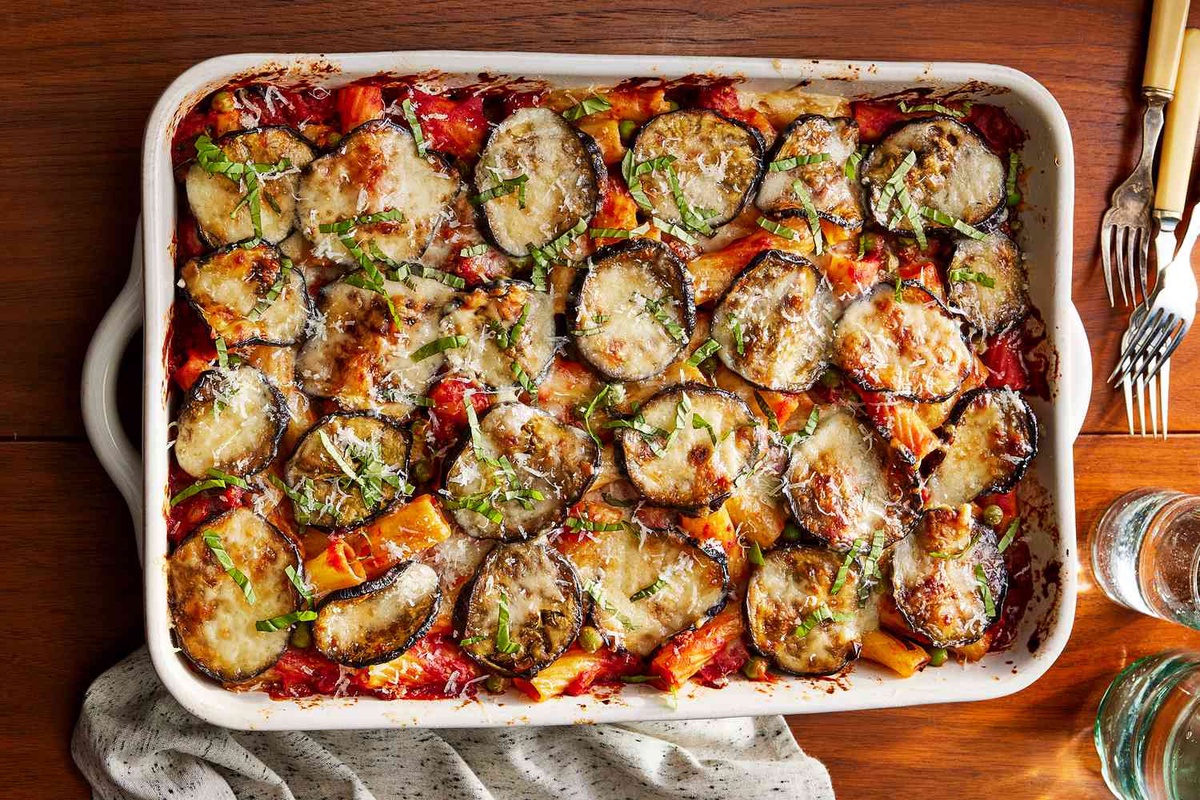Sicilian cuisine is an enchanting journey through the flavors of Italy, with a rich tapestry of dishes that reflect the island's diverse history and cultural influences. Among the many delights that Sicilian gastronomy has to offer, "Pasta Ncasciata" stands out as a unique and delectable dish that embodies the island's heritage. In this article, we will delve into the history, preparation, and cultural significance of Pasta Ncasciata, a lesser-known treasure of Sicilian cuisine.
Origins and History
Pasta Ncasciata, often spelled as Pasta 'Ncasciata, hails from the heart of Sicily, the largest island in the Mediterranean. The name "Ncasciata" is believed to derive from the Sicilian word "ncasciato," which means "enveloped" or "wrapped." This name is quite fitting as the dish involves layering pasta with a rich and flavorful sauce, akin to a Sicilian lasagna. Pasta Ncasciata, however, has a distinct identity with unique ingredients and flavors that set it apart from other Italian pasta dishes.
The roots of Pasta Ncasciata can be traced to the Arabic influence on Sicilian cuisine during the Arab rule of the island. Over time, the dish has evolved to incorporate elements from different culinary traditions, including Spanish, French, and North African. This blend of influences is a testament to Sicily's history as a melting pot of cultures.
Ingredients and Preparation
Pasta Ncasciata is a dish that requires a bit of preparation but is well worth the effort. The key ingredients typically include:
- Pasta (such as ziti, rigatoni, or penne)
- Tomato sauce, preferably homemade
- Eggplant, thinly sliced and fried
- Grated Pecorino cheese
- Mozzarella cheese, diced or shredded
- Basil leaves
- Hard-boiled eggs, sliced
- Olive oil
- Salt, pepper, and a pinch of sugar (to balance the acidity of the tomato sauce)
The preparation can be broken down into several steps:
- Fry the eggplant: Thinly slice the eggplant and fry it until it is golden and slightly crispy. Drain on paper towels to remove excess oil.
- Prepare the tomato sauce: Create a flavorful tomato sauce using ingredients like garlic, olive oil, tomatoes, and a pinch of sugar to balance the acidity. Season with salt, pepper, and fresh basil.
- Cook the pasta: Boil the pasta until it's al dente, as it will continue cooking in the oven. Drain and set aside.
- Assemble the layers: In a baking dish, start by layering the pasta, followed by tomato sauce, fried eggplant, Pecorino cheese, mozzarella, and hard-boiled egg slices. Repeat these layers until the dish is filled.
- Bake to perfection: Bake the assembled Pasta Ncasciata in the oven until it's hot and bubbly with a golden top, typically around 30-40 minutes at 350°F (175°C).
Cultural Significance
Pasta Ncasciata is not just a dish; it's a symbol of Sicilian culture and tradition. It's a celebration of the island's history and the diverse influences that have shaped its cuisine. This dish is often associated with special occasions, such as holidays, family gatherings, and celebrations, and it exemplifies the Sicilian concept of "convivialità" or conviviality – the idea of sharing delicious food with loved ones.
Conclusion
Pasta Ncasciata is a culinary masterpiece that invites you to explore the flavors, history, and culture of Sicily. Its unique combination of ingredients and layers of rich, harmonious flavors make it a dish that truly represents the heart and soul of the island. The next time you're seeking a taste of Sicily, don't miss the opportunity to savor the exquisite Pasta Ncasciata, and you'll experience a journey into a rich and delicious tradition that reflects the culinary brilliance of this captivating region.


No comments yet